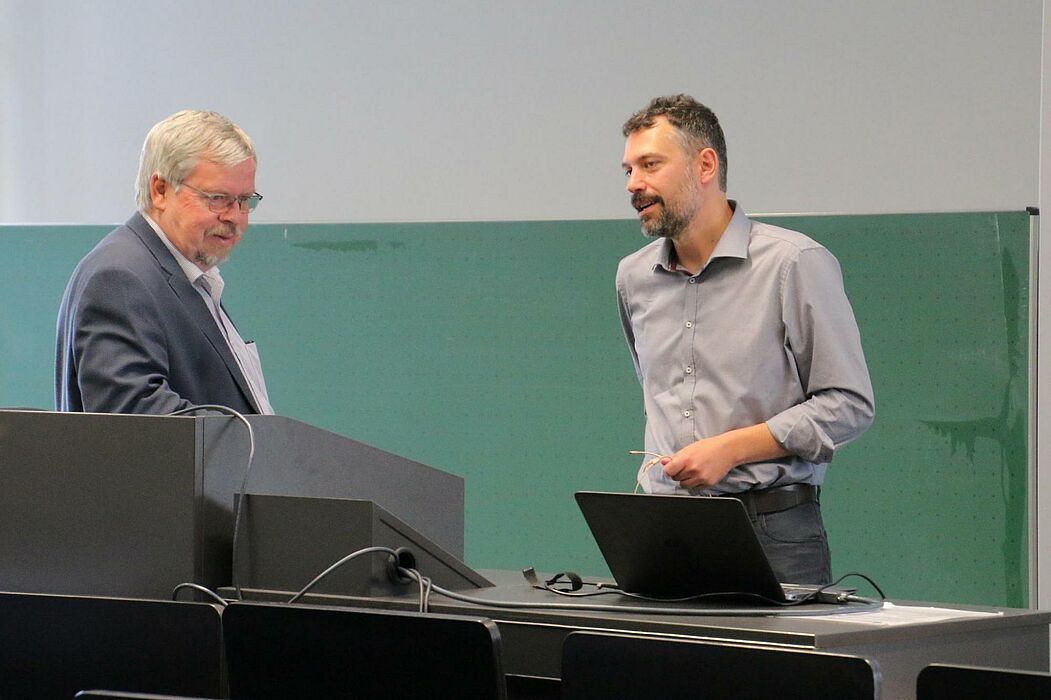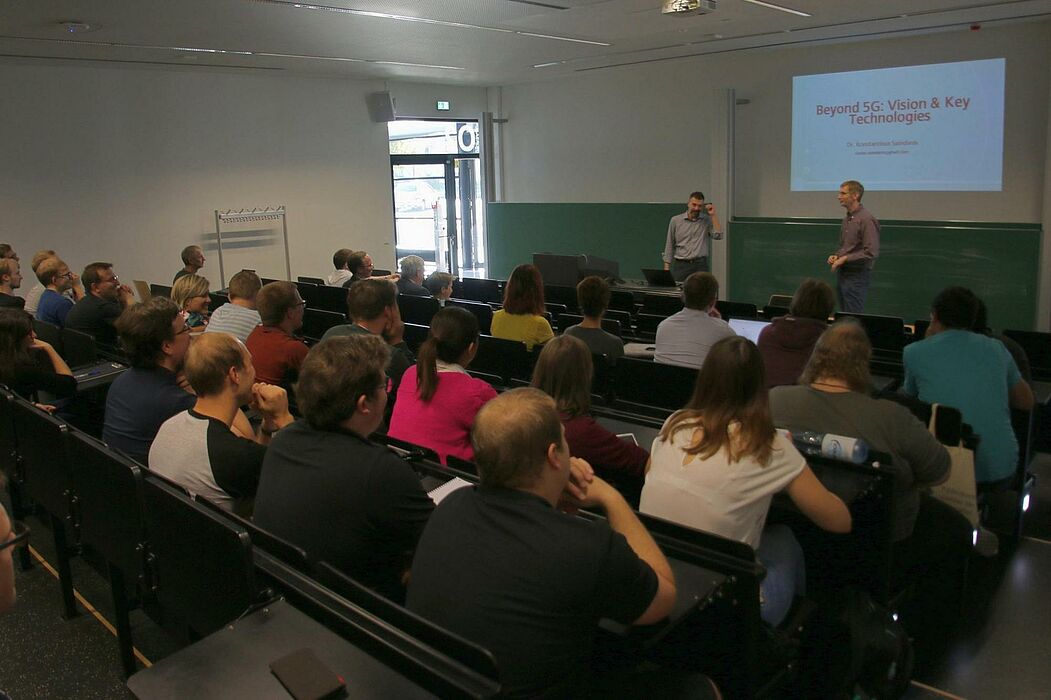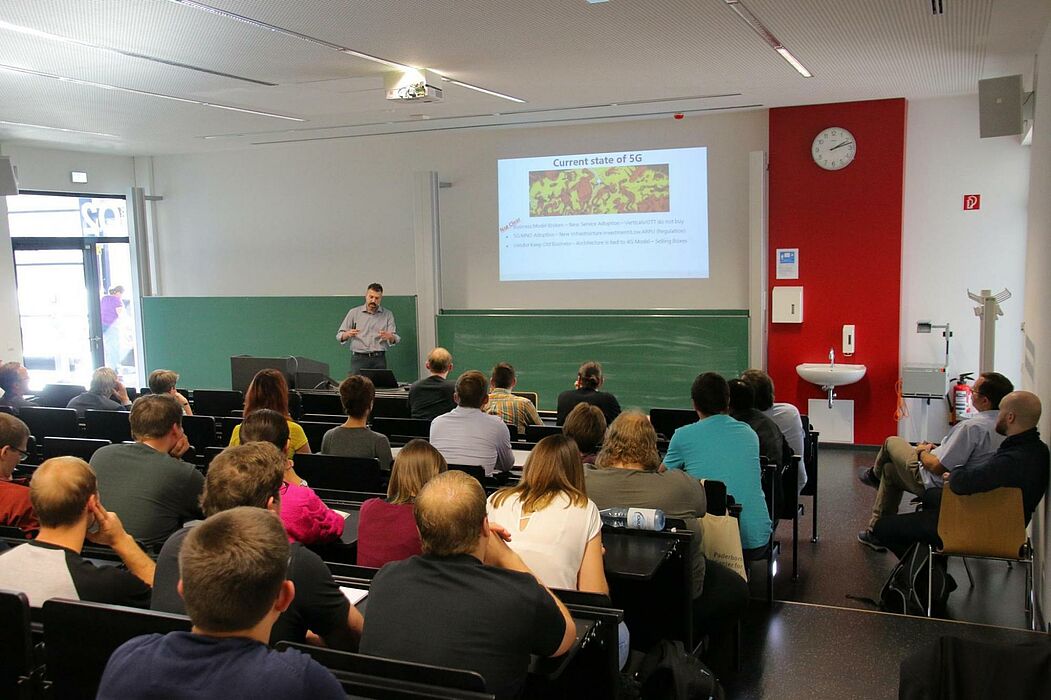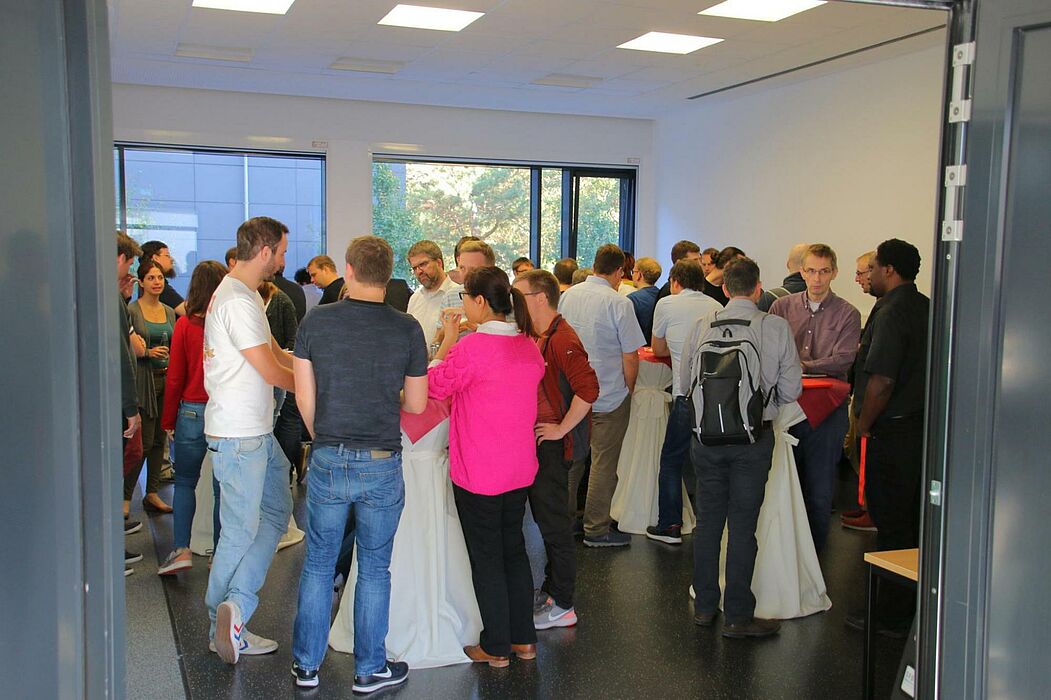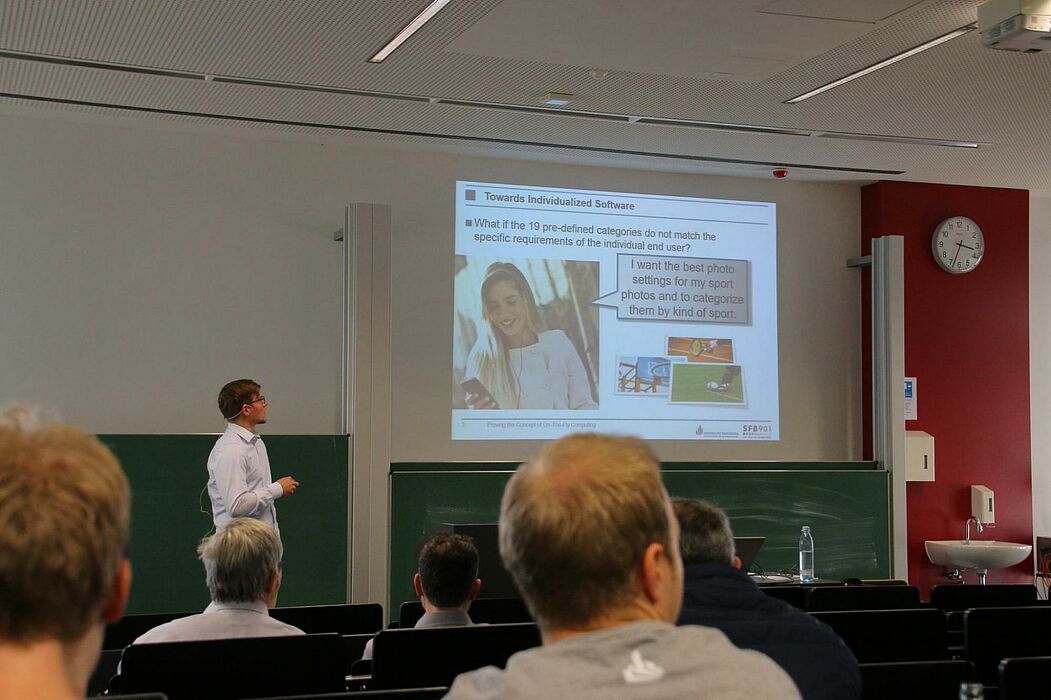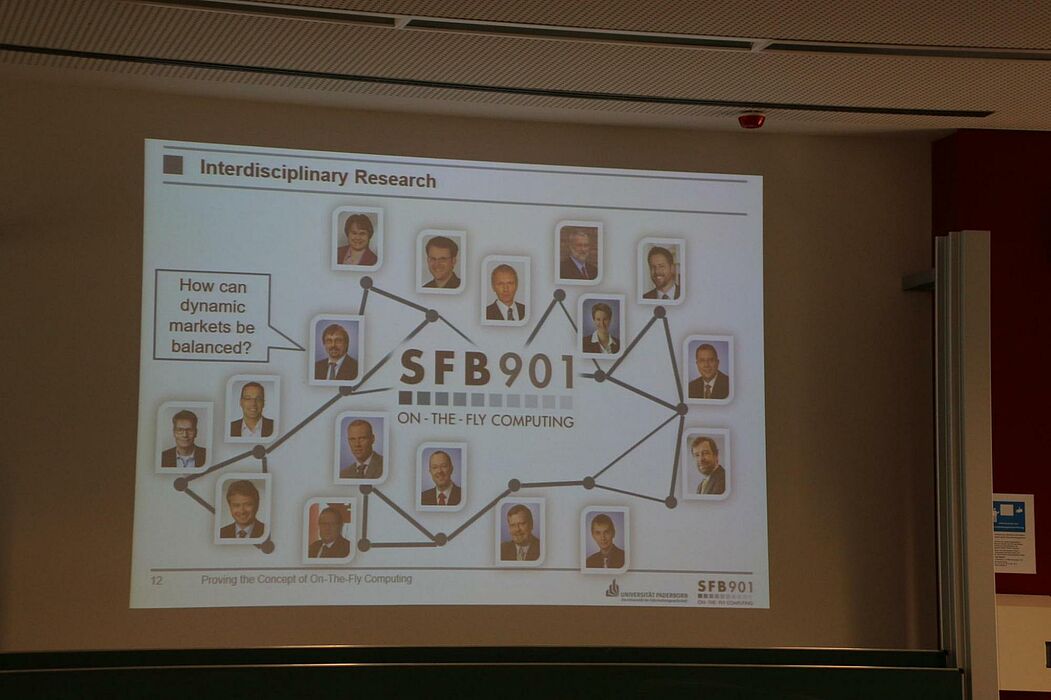Begin: 15. of October 2018 (2:00 PM)
Location: Warburger Str. 100, Room O2
On 15 October 2018 the following event will take place in the series "SFB meets Industry":
2:00 pm - 3:00 pm
Speaker: Konstantinos Samdanis, Huawei Technologies Co.
Title: The Road ahead 5G - Key Technologies for the Network Evolution
As the 5G architecture and main operational procedures are "freezed" with the completion of the 3GPP phase 1 standardization this July, the vision of 5G started taking shape with eMBB being the main target service type for the horizon 2020-2022. At the same time, mIoT and URLLC services are progressing steadily with vehicular and home networks being their frontier, but with significant further work needed in future releases. Beyond 5G will continue towards a more interactive mIoT boosting new applications like UAV and tactile Internet, services not yet supported by the current mobile network infrastructure, and will need to introduce further major enhancements to accommodate URLLC services not only on the mobile network, but also considering a tighter integration with the emerging deterministic transport layer technologies. The entire mobile network would need to go under a major further softwarization phase with the evolution towards the Service-Base Architecture that relies on micro-services, a softwarization not only on the control plane but also on the data plane enabling a broader business for the case of network slicing by introducing openness on the network usage, allowing also a fully flexible customized infrastructure to support services yet to come.
--------------------------------------------------------------------------
3:15 pm - 4:15 pm
Speaker: Simon Schwichtenberg, SFB 901
Title: Proving the concept of On-The-Fly Computing
This talk presents design and implementation of a proof-of-concept realization that serves the purpose to evaluate an On-The-Fly Computing market. This proof-of-concept allows the on-the-fly configuration and provision of IT services on individual user requests that are assembled from base services available in a market. The proof-of-concept realization is a system where all developments of the sub-projects of the ongoing CRC 901 are integrated. Our example scenario is based on Automated Machine Learning that supports the construction of custom and optimized Machine Learning services. To allow easy interaction with the system, users describe their requirements in a conversation with a chat bot, whereupon the system offers possible configurations of machine learning services with different prices and other characteristics. When deciding on a specific offer, users can rely on a rating system that helps to build trust for certain base services. Once users have bought an offer, their individually composed service is deployed in a compute center, where it may be executed on different kinds of hardware (CPU, GPU, FPGA), specially tailored to the users’ needs.


